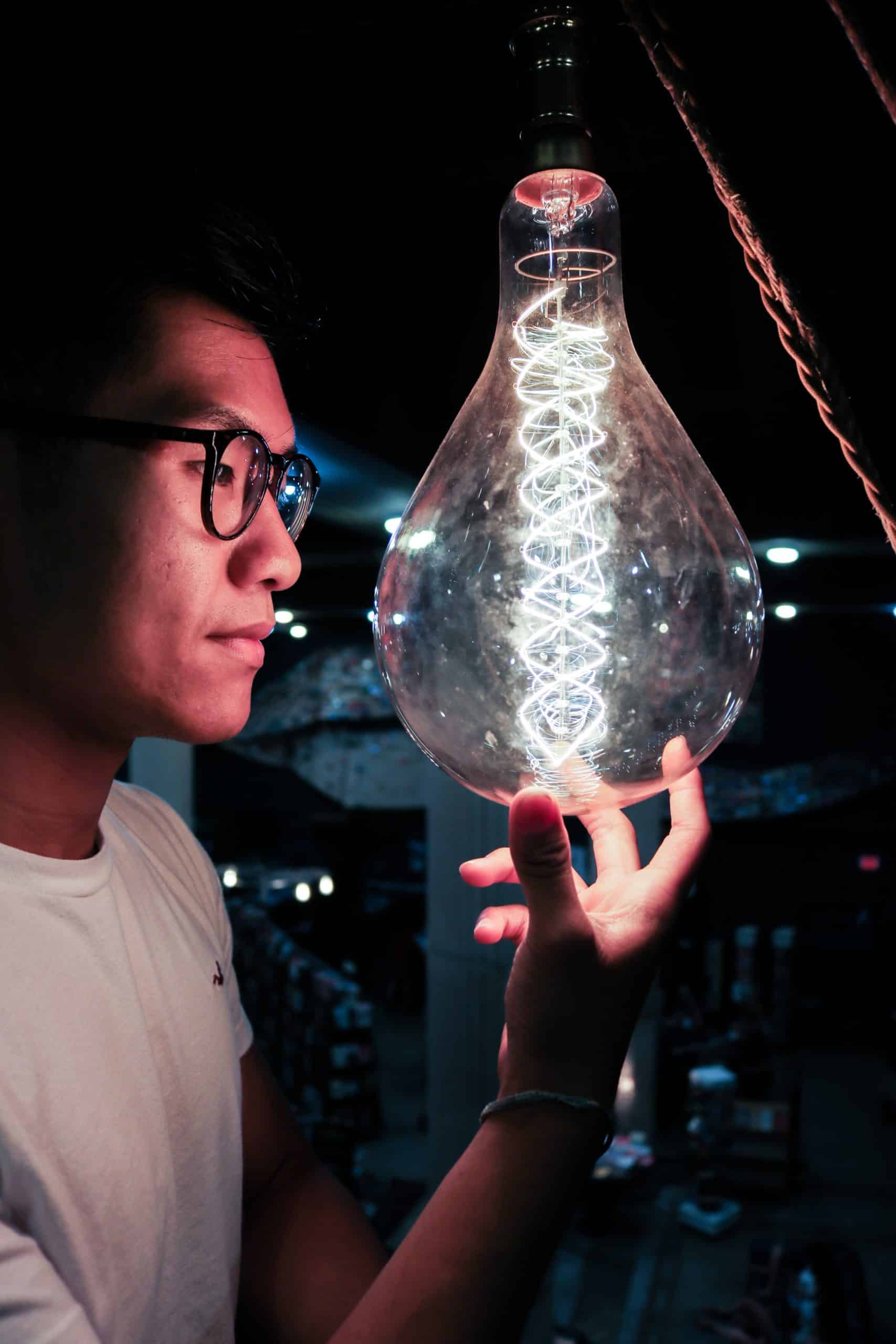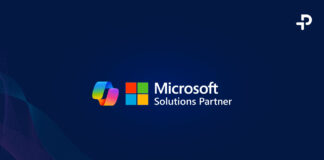This digital-ready world has opened up avenues in the different ways we tackle our jobs everyday and in the number of choices and decisions we need to make.
To many of us, the expression “the world of tomorrow” is like a wake up call entertaining the idea that we need to rethink the way we live, work and communicate. Living in a highly centralized country and therefore expecting to get orders from above on what to do next, hasn’t prevented the French, from all walks of life, to share their opinions openly but without ever coming up with a vision or serious alternative that could help in reconsidering the situation at hand and bring real change to our lives. And who is to blame? Well it is not their creativity that is to blame nor their wherewithal but more this widespread idea or belief that there is this divide between an “elite or select” group on the one hand and the masses, the plebs on the other hand. This dichotomy has disheartened the masses leading them to believe they have no say or can take no part in driving that change. Napoleon, however did leave his mark in history as did Ferdinand de Lesseps with the Suez Canal, or Blaise Pascal, Curie, Pasteur…they all have contributed to mankind in their respective fields. Yes, many French have distinguished themselves in the fields of Science or Technology, but we tend to believe that these contributions are strictly remote idealized representations, like biblical narratives, when in actual fact, there are incredible inventions that crop up each year in this country – the development of the Start-up nation French style is a testament to all this creativity. But let’s stop thinking that we necessarily need to be data scientists to understand the world we live in today and do our part to change it. And far too often, it doesn’t occur to the French people that they too can be part of this whole innovation dynamic!
Innovating is like taking up brain fitness. People like Marc Simoncini have managed to launch not one or two but three or even four very successful projects! The founder of Meetic has also created Multimania, Sensee and several other companies. Mr. Xavier Niel is another example with his École 42 and Station F that are impressive creations as well. These many initiatives show how disruptive approaches can apply to many different kinds of projects. Others need to take up the mantle and pursue this innovation spree and find ways to innovate and invent new ways of doing things and take an active part in shaping the “world of tomorrow.” After all, isn’t being innovative staying ahead of the game instead of lagging behind and following a trend initiated by others?
Innovation simply means improvement
Thanks to such widespread dissemination of powerful applications, digital technologies and learning resources, gaining access to knowledge has become an obstacle-free course. It is time for our fellow citizens to realize that innovation is everybody’s business and not earmarked only for geniuses. They can innovate too…as long as they bear in mind what innovation entails. Everybody’s got an opinion on the subject but who really knows what it really means?
This is in part why I decided to write Taking the Plunge! A Different Take on Innovation. It is to explain to the wider public what it means to innovate. I explain for instance the difference between “innovating” and “inventing” or “creating.” In all modesty, what I did was to go through all the successful endeavours and comment on them.
For example, if one objectively analyzes the success stories of the GAFAM heavyweights, we realize that Apple for instance, that incredible success story, boasting a 100 billion dollar turnover and reaching more than 2,000 billion dollars in market capitalization, did not invent, oddly enough, what made it so successful in the first place as is too often believed. The American company invented neither the microcomputer (developed by R2E, a French company), nor the MP3 player (launched by the Korean Mpman), nor the smartphone (an IBM invention as early as 1992), nor the tablet (credit goes to Grid Systems, founded by a former Xerox employee). However, what Apple did create is a remarkable innovative approach and that is how they went ahead and designed the Macintosh, leveraging Xerox’s graphic interface. Being innovative does not necessarily call for being a genius inventor but rather coming up with those creative assets that will “reinvent” an existing product replacing it with new features, a new design or other options.
For having been at the helm of Prodware for more than two decades, a group specialized in digital transformation, I have come to understand that innovation is above all a people-related endeavour and that you cannot innovate without people.
More and more people are embracing digital technology and making it their own – and the spread and magnitude of the pandemic has made it easier for everyone to take a more active part in the innovation dynamic. Moreover, the global scale of the covid-19 crisis has acted as a magnifying glass, clearly bringing to the surface the flaws and weaknesses of our societies and economies. And all these new digital technologies have come to the rescue of many industries providing the solutions to address, work through or overcome these challenges and roadblocks.
A New Skill & Capability Landscape
The boundaries between many fields have become blurry and fickle. Innovation has ripped through the traditional barriers and different domains once very distinct are now overlapping. Where, for example, production and services were very different in nature and required completely separate and dedicated skill sets and organizations, are now increasingly coming together as a more comprehensive and broader entity. As a consequence, quality of service has sky rocketed, overall business has soared and we also see a sharp decline in job strain. The IoT, AI, Machine Learning, Augmented Reality, Virtual Reality and the Cloud are the keys to this new skill and capability landscape driving the emergence of new service concepts. Let’s take the example of the elevator self-diagnostic system that measures wear & tear. By accessing and processing data and statistics from the same model elevators around the world, they can actually anticipate a potential breakdown and automatically send a maintenance technician way before the elevator breaks down. That means, in most cases, avoiding costly and crippling downtime.
Now that men and women have gotten rid of all those tedious and automatic tasks, they can now concentrate on issues that involve a more human and relational implication. This whole new world opening up and enabled by the digital revolution makes daily work much more interesting, bringing men and women to draw on their intellectual faculties demanding more analysis and decision making on their part.
This is why the implications of digital transformation must be explained over and over again – in order to mitigate the risks and get the best out of what it can offer. Believing that the world of tomorrow will be run by algorithms is misleading; there is always someone sitting behind a computer looking up information. But how can we make sure that researching data is intended to contribute to the greater good of all and not used to the detriment of society? That is the question. I think it is possible to oversee and be on top of these developments.
But with power also comes responsibility. Indeed, we can’t ignore the risks involved if we let it go unchecked and develop into something dangerous and out of control. We need to appreciate innovation in a new light: we need to realize that innovation is a reliable partner but that it nevertheless cannot be left to play out on its own. It must be embraced with confidence but without blissful optimism or unproductive skepticism. We must know where to draw the line between what innovation can do and what we want it to do. This is a subject in its own right that must be made part of the education system as soon as possible. There is no doubt in my mind that we should touch on innovation starting at school and doing so through both: 1/teaching it in class (middle schools, high schools) and 2/through associations. But then we will have to take the plunge and innovate! And we can afford to be highly optimistic because “innovation is not the prerogative of geniuses, so…”
Article initially published in EcoRéseau






